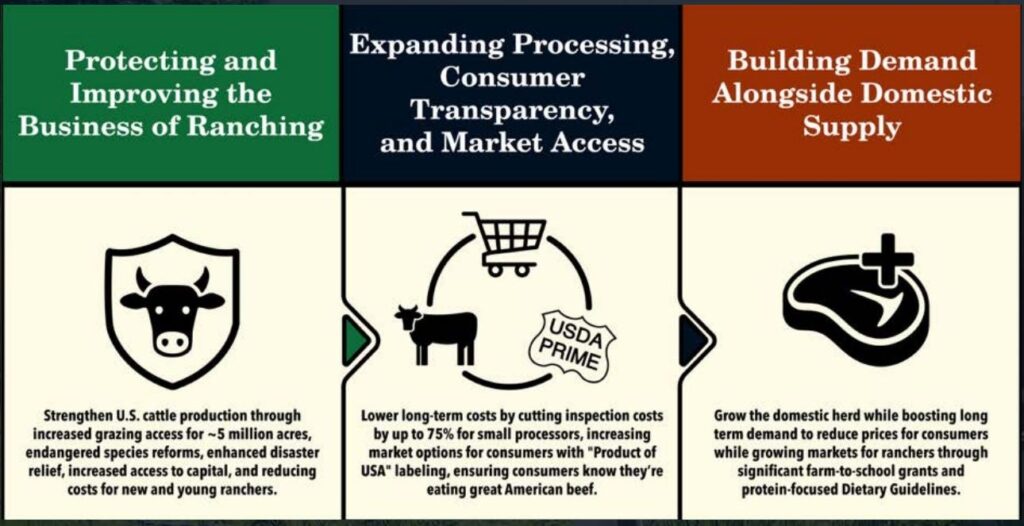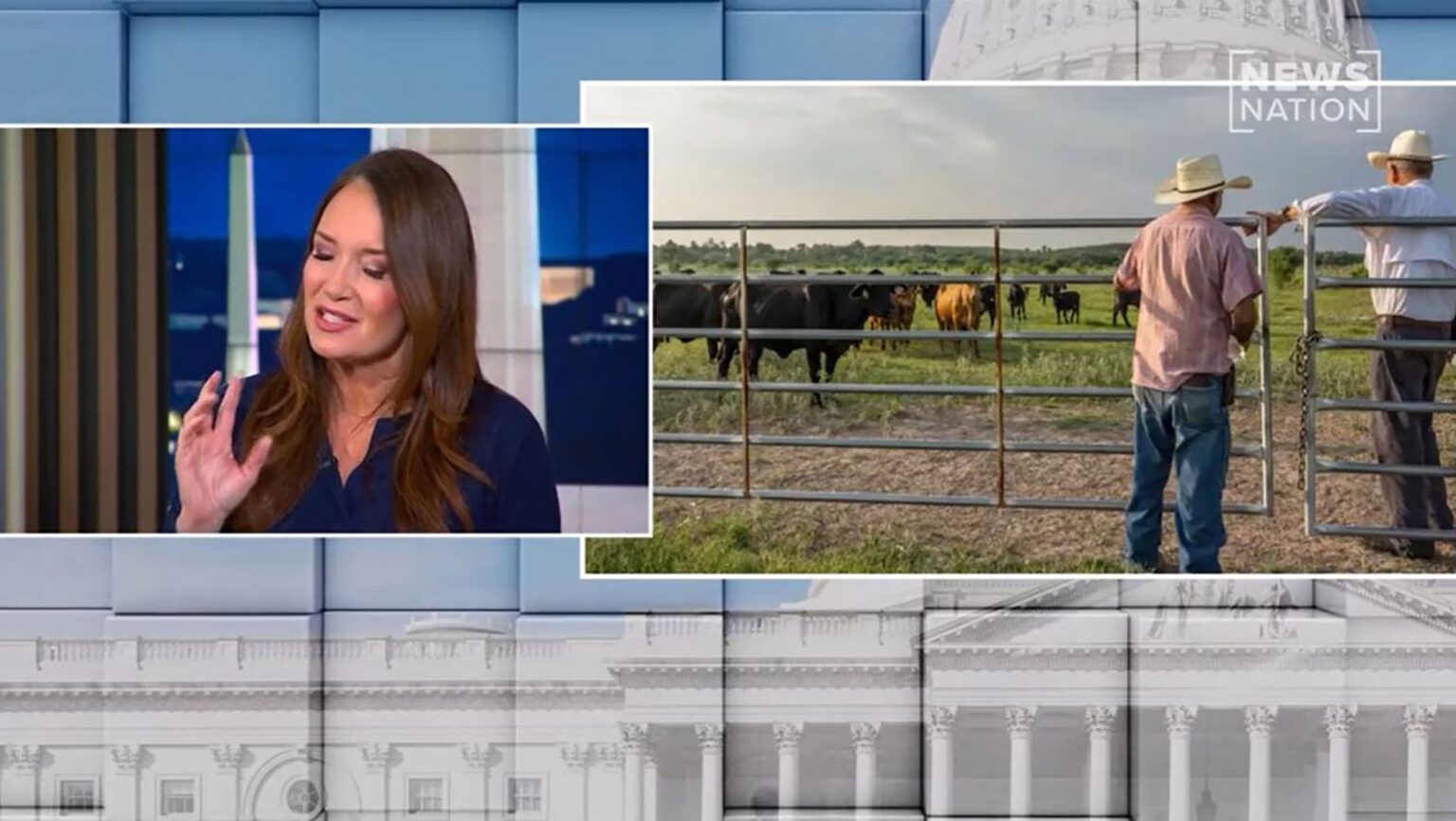Subscribe to Updates
Get the latest agriculture news and updates directly to your inbox.
Author: staff
By Daniel Becerril METAPA, Mexico, Oct. 23 (Reuters) – Deep in the humid lowlands of southern Mexico, engineers, veterinarians and entomologists are racing to repurpose a plant that will play a pivotal role in trying to eradicate the flesh-eating screwworm parasite threatening the country’s cattle industry and raising tensions with the United States. Inside what was once a facility used to help control Mediterranean fruit flies, workers are dismantling old infrastructure and rebuilding specialized laboratories designed to mimic the conditions of an animal wound, which screwworm flies seek in order to lay their eggs. The transformation is part of Mexico’s urgent bid to start domestic production…
In 1912, John Deere faced a huge challenge. While the company was highly successful producing implements and resided as the number one manufacturer of plows in the world, it lacked a tractor to complete its product lineup. The pressure from dealers to include a tractor to that equipment line was considerable. The demand for horsepower in the marketplace was strong, and all of Deere’s major competitors offered tractors. The need for a tractor, dealers felt, was essential for Deere to hold on to its plow business. This was due to the fact that a tractor and plow were typically sold…
1. Soybean Futures Rise Slightly in Overnight Trading Soybean futures were modestly higher overnight amid ongoing uncertainty over trade talks with China. President Donald Trump and Chinese President Xi Jinping had been planning to meet on the sidelines of an economic conference in South Korea at the end of the month, fueling optimism that the world’s largest economies would come to an agreement to end the ongoing tariff war. Trump said yesterday that while he expects to make a “good deal” with Beijing at some point, the meeting between he and Xi may never materialize. “I think we’re going to…
By South Dakota Searchlight staff Amid a backlash against President Donald Trump’s recent suggestion to import more Argentinian beef, a U.S. senator from South Dakota said he came away from a Tuesday meeting at the White House “encouraged by the desire” that Trump and his top agriculture official showed to “do right by the American producer.” Republican Mike Rounds said he met with Trump and Secretary of Agriculture Brooke Rollins about “the concerns I’ve heard from hundreds of South Dakota ranchers” since Trump’s comments. “We agree that we need an America First game plan that prioritizes American ranchers,” Rounds said…
Today, U.S. Secretary of Agriculture Brooke Rollins announced a plan to fortify the American beef industry. “America’s food supply chain is a national security priority for the Trump Administration. We are committed to ensuring the American people have an affordable source of protein and that America’s ranchers have a strong economic environment where they can continue to operate for generations to come,” Rollins said. “At USDA we are protecting our beef industry and incentivizing new ranchers to take up the noble vocation of ranching. Today, USDA will immediately expedite deregulatory reforms, boost processing capacity, including getting more locally raised beef…
President Donald Trump’s recent comments on U.S. beef prices have ignited a firestorm across the cattle industry, with ranchers, national farm organizations, and state officials sharply criticizing his suggestion that the U.S. could import more beef from Argentina to lower consumer prices. In a Truth Social post on Wednesday afternoon, Trump wrote: “The Cattle Ranchers, who I love, don’t understand that the only reason they are doing so well, for the first time in decades, is because I put Tariffs on cattle coming into the United States, including a 50% Tariff on Brazil. If it weren’t for me, they would…
U.S. Secretary of Agriculture Brooke Rollins and others in the Trump administration announced a plan Wednesday that is aimed at “reinforcing and prioritizing the American rancher’s critical role in the national security of the United States” — a plan that comes after a chaotic few days of social media statements, market fluctuations, and promises to import beef from Argentina. The plan includes three overarching aspects: Protecting and improving the business of ranching: This includes working with the Department of the Interior on improving grazing plans, better addressing livestock predation, and increasing veteran-owned operations. Expanding processing, consumer transparency, and markets for…
By Tamiyuki Kihara TOKYO, Oct. 22 (Reuters) – As Japan’s new premier Sanae Takaichi got to work on Wednesday, her government began finalizing a purchase package, including U.S. pickups, soybeans, and gas, to present to President Donald Trump in trade and security talks next week, two sources said. She will not, however, commit to any new defence spending target at the meeting, which comes as Washington presses Japan and other allies to do more, said one of the sources with knowledge of the preparations. The leaders will sit down in Tokyo early next week during Trump’s first visit to Japan since his re-election, following an agreement by her…
WASHINGTON, Oct. 22 (Reuters) – President Donald Trump on Wednesday said U.S. cattle ranchers are benefiting from tariffs he has imposed on imports but must lower their prices to encourage American consumers to buy their beef. “The Cattle Ranchers, who I love, don’t understand that the only reason they are doing so well, for the first time in decades, is because I put Tariffs on cattle coming into the United States, including a 50% Tariff on Brazil,” he wrote in a post on Truth Social. “They also have to get their prices down, because the consumer is a very big factor in my thinking, also!” (Reporting by Doina…
U.S. Secretary of Agriculture Brooke Rollins appeared Tuesday evening on NewsNation and said, “There is a really big announcement coming tomorrow on what we’re going to do to restore and revitalize our beef herd in America, which ultimately will bring the prices down.” When encouraged to share the news during the episode of The Hill last night, she declined, saying that she will likely be at the White House today to be part of the announcement and implied she didn’t want to spoil that moment. Rollins’ statement coincides with President Donald Trump’s words last week about beef prices being “higher…







:max_bytes(150000):strip_icc()/100908649_beef_cattle-d8fe6c19e13c42eaafdf1efb5cfe46fe.jpg)
:max_bytes(150000):strip_icc()/updated-john-deere-waterloo-boy-02ab45996ae64079b1ed209afadbb4a1.jpeg)
:max_bytes(150000):strip_icc()/Updated3BigThings-1-farm-aerial-orange-4-17aeda2d468f407eab2427ac2291dca1.jpeg)
:max_bytes(150000):strip_icc()/e591A0872-2048x1365-32152dae51f0441393e25e61d0fd4121.jpg)
:max_bytes(150000):strip_icc()/black-cattle-pasture-bbab22ea8760447fa703946ff9fb6023.jpeg)


:max_bytes(150000):strip_icc()/WongYuLiang-1498358040-39350a71adf34f7092b0cab33a699279.jpg)
:max_bytes(150000):strip_icc()/AnnaMoneymakerStaff-2242407551-012736f4d2a745a1872bd2c8691fc64f.jpg)
